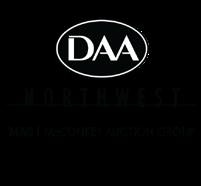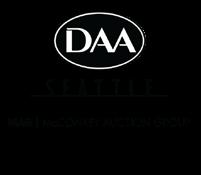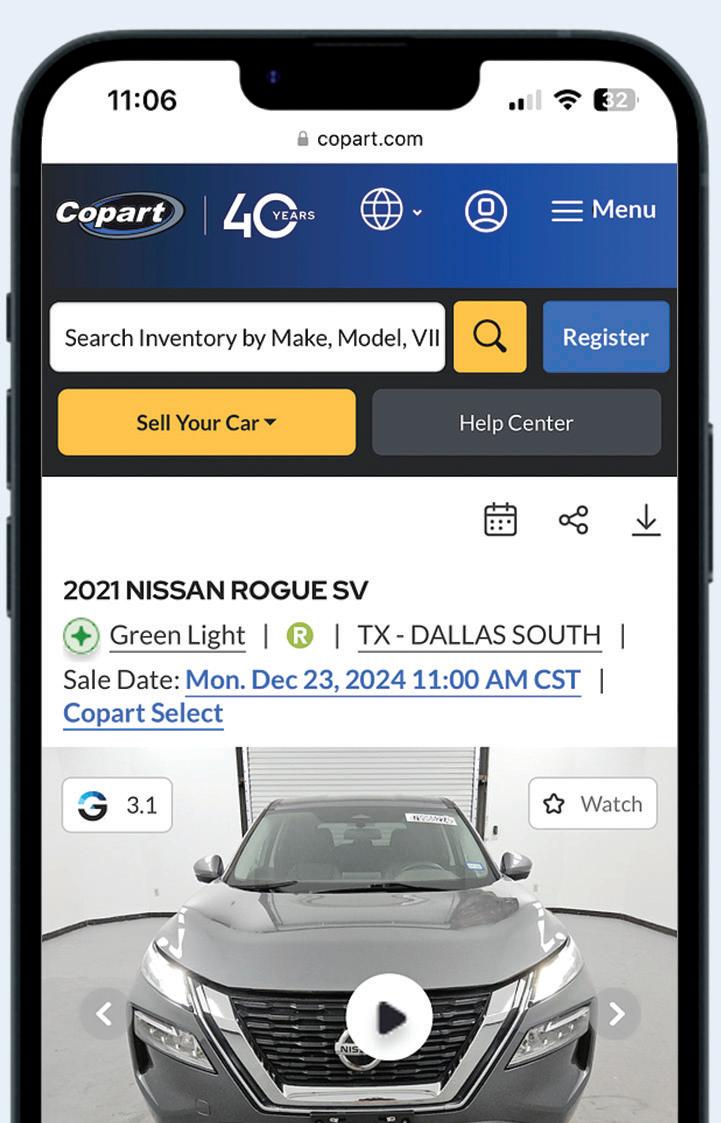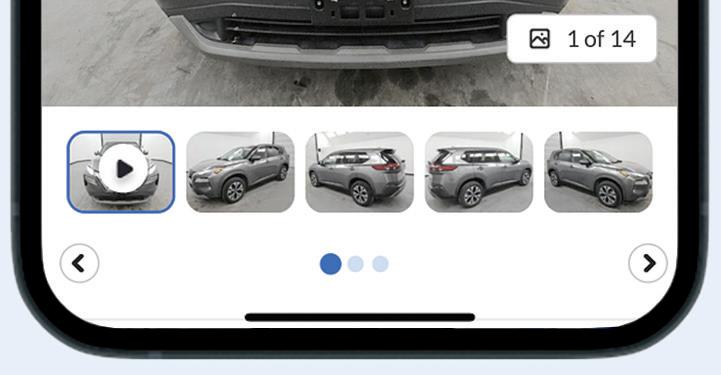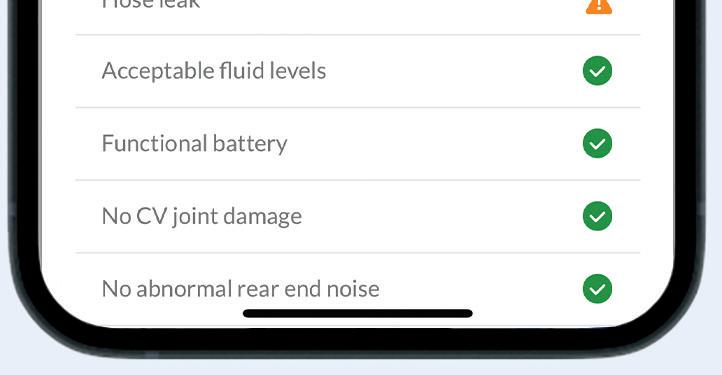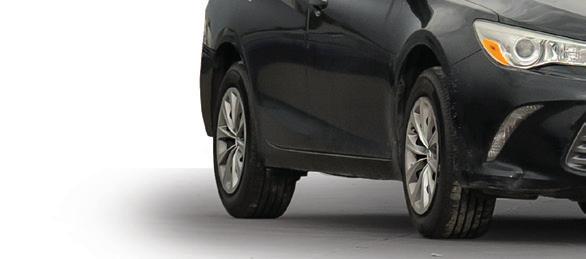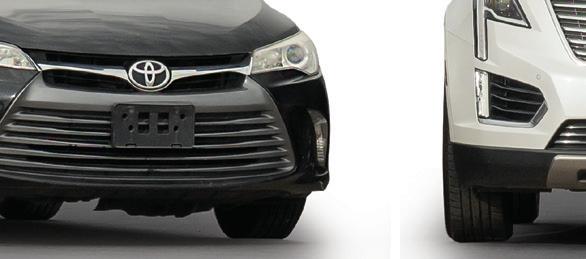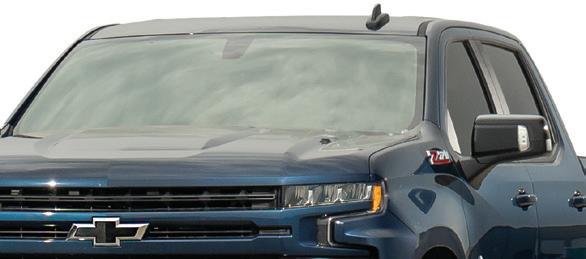






































The Credit Acceptance Corporation announced that the Consumer Financial Protection Bureau has filed an unopposed motion to withdraw from the lawsuit that it initiated jointly on Jan. 4, 2023, with the Office of the New York State Attorney General (NYAG) against Credit Acceptance in the United States District Court for the Southern District of New York.
As of the filing of the CFPB’s motion, Credit Acceptance’s motion to dismiss the case in its entirety remains fully briefed and pending before the Court. Credit Acceptance expects that, if the CFPB’s motion is granted, the NYAG would be the sole remaining plaintiff, and the case would thus be limited to New York consumers only.
As outlined in Credit Acceptance’s motion to dismiss, this lawsuit seeks to create new law through litigation and asserts legal theories that conflict with established statutes. Credit Acceptance believes that actions
like this harm hardworking Americans by targeting companies that offer financing to customers with nonprime or non-existent credit. The financing provided by Credit Acceptance and other finance companies through auto dealers is essential to millions of Americans who otherwise would be unable to purchase the cars they need to get to work or school, or obtain quality healthcare or groceries, and otherwise take care of their families. The CFPB’s withdrawal would be a significant step toward ensuring that this lawsuit against Credit Acceptance is not used to sidestep the legislative process and impose sweeping regulatory reform.
“We are pleased with the CFPB’s decision to withdraw from this case, which we believe never should have been brought in the first place,” stated Erin Kerber, Credit Acceptance’s Chief Legal Officer. “We are proud to have provided over five million people with the opportunity to own a vehicle through our network of dealers. We look forward to millions more consumers having such an op -
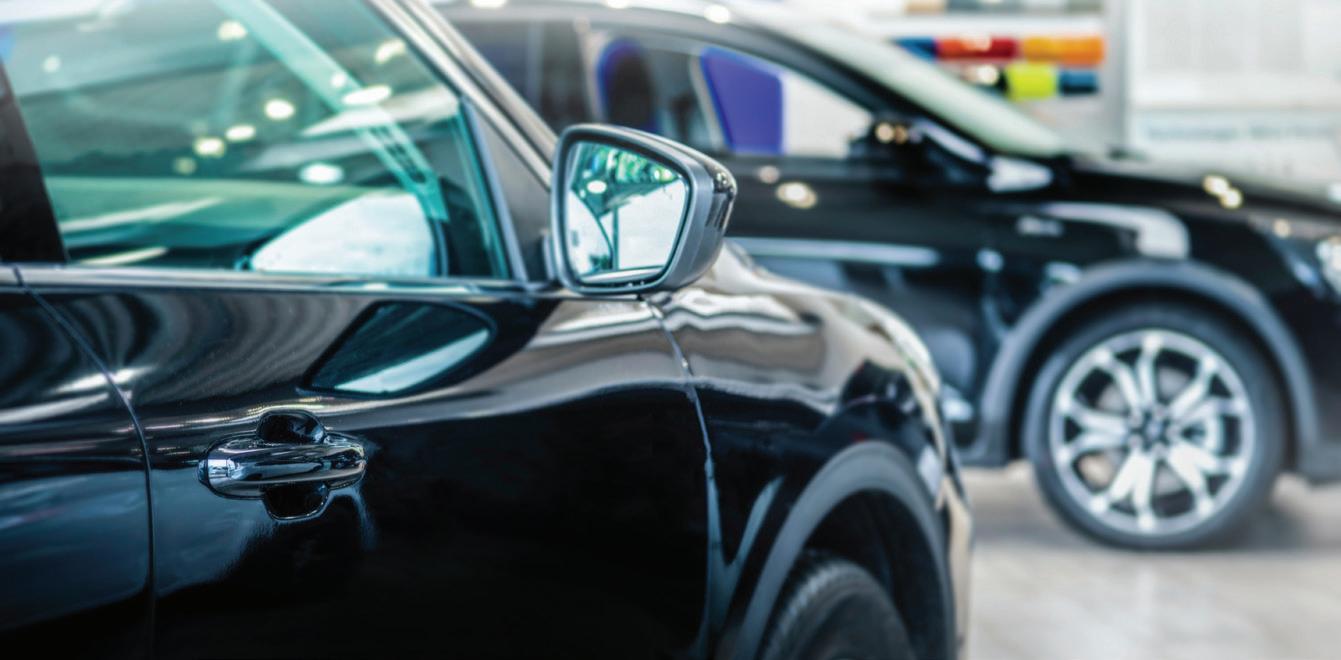



portunity and remain committed to operating with integrity and in compliance with all applicable laws.”
Consumers demonstrated a disciplined and resilient use of credit despite significant financial market volatility, according to the March 2025 edition of CreditGauge from VantageScore. The average VantageScore credit score increased by one point to 702 from February 2025, while overall consumer credit balances remained largely stable. New credit originations for Credit Cards and Personal Loans slowed monthover-month as banks appeared to tighten their lending criteria in a pivot to a more cautious lending posture.
“The latest CreditGauge insights show an emerging dichotomy between stable Main Street consumer behavior and the intense volatility on Wall Street,” said Susan Fahy, executive vice president and chief digital officer at VantageScore. “Consumers are slowly moderating their borrowing and focusing on bringing their accounts up to date as banks tighten new lending in March.”
Key insights for the March 2025 edition of CreditGauge include:
Overall credit balances in March were essentially flat month-overmonth, despite ongoing inflation. Credit Card balances declined by just $95 to $6,200 from February 2025 and held steady year-over-year from March 2024.
Consumer credit utilization ratios declined for all credit products in that time period, demonstrating that borrowers are paying down their balances more effectively. This indicates that consumers are stable despite sources of economic volatility around them.
The average VantageScore credit score increased to 702 in March 2025 after a brief drop to 701 the previous month. Overall credit delinquencies in March 2025 declined month-over-month across all Days Past Due (DPD) categories for the first time since April 2024. Additionally, consumer credit utilization ratios declined for all credit products in March 2025, suggesting that borrowers are paying down their balances more effectively. Consumers are increasingly maintaining credit-healthy financial practices.
New credit origination momentum slowed in March 2025.
After the tariff announcement, new-car sales showed a 20% gain over last year. Sales have increased each week, but the pace of the sales slowed going into April, Smoke said.
Used car sales have also seen a bump of 15% year over year.
“But it looks like the market has hit a ceiling,” he said. “The industry and the White House are about to get a lesson in what economists call price elasticity.”
Data from vAuto shows that supply has tightened substantially, especially over the past five weeks going into May.
Days-supply has dipped to just above 60 days, less than 80-85 days at the same time last year.
“Make no mistake, prices are rising,” Smoke said.
Going forward, additional inventory will end up being exposed to tariffs on imports and tariffs on content or auto parts, Smoke said.
Listing prices have been increasing each week since the tariffs were announced.
“Keep in mind, these are not tariffed vehicles yet,” Smoke said. “This is simply the market reacting.”
He said he will have to wait until early May to get a full picture of what might happen.
But he added financing offers are the lowest Cox has seen since the pandemic.
“There’s no need in being aggressive with financing when you don’t have much to sell, and frankly, when you have much higher costs coming down the pike,” Smoke said.
Keating was asked whether manufacturers can simply game the system by bumping up the MSRP and offer incentives that would capture more chargebacks or offsets.
She responded that OEMs have said they are not touching MSRPs and declared that going into June
they won’t, which Ford announced the day of the webinar.
Smoke said he doesn’t think “playing games with the MSRP” would be a good play. He pointed out that “MSRPs are key to measuring residuals and key to the dynamics of understanding loan-to-value on the vehicle and financing, which is 80% of the transactions that occur.”
“Playing with that is opening ‘Pandora’s Box,’” Smoke said.
The models most likely to be impacted by tariffs, based on 2024 sales, would be the Honda HRV, Honda CR-V, Subaru Forester, Chevy Equinox and Chevy Trax, Keating said.
“We’ve actually seen sales of those jump up, and supplies going down for all five of those,” she said, “Every single compact SUV will be impacted in some way from a tariff perspective.”
That’s because those are less expensive vehicles.
Cox Automotive has already reduced its annual forecast that it shared at the end of March – from 16.3 million to 15.6 million at the end of March. Smoke sees no reason to change it at this point.
Smoke said even with a tight supply and pent-up demand, that demand is highly payment and price sensitive.”
He predicted that with current inflation rates, the Fed is not likely to lower interest rates.
“Credit is tight and not likely to change for the better with such uncertainty and restrictive monetary policy, and the housing market looks more like 2009 than 2021,” Smoke said..
“So, I told you last month that the roller coaster ride had begun and I would generally say we’re now at the point where you throw your hands up and hope you don’t lose your lunch on the way down.”



– Continued from page 1
traveled to a junkyard and asked carriers – who had their haulers filled with vehicles – where they were going.
“I want to say, 9 of 11 of them were going to Florida,” Bradley said. “Cars move like birds.”
Natural disasters obviously pose challenges to auto transport, and the Super Dispatch report looks at how the industry works during major hurricanes and how it manages those disruptions.
Looking at transport issues on a daily basis can be confusing depending “when” a hurricane hits land.
“Like, why on the day of landfall, was it a totally normal day (for the transport business)?” Bradley said.
“The answer is, because the hurricane didn’t hit until 11 p.m. and people rushed to get everything done before the hurricane hit.”
There is an urgency to deliver cars
because, if not, it’s going to sit on the truck or in a storage facility, which leads to extra costs and takes time away from a carrier’s next route. Bradley said the obvious advice is to move the cars before the hurricane hits.
The report analyzes how hurricanes Beryl, Helene and Milton affected the transport industry, but also how quickly recovery occurs.
The report also shows that poststorm demand spikes for transport capacity, making post-disaster scheduling critical.
Looking at geography, Super Dispatch found the Top 5 Origin and Destination Metro Areas.
On the origin side, the Dallas Metro area was the top hub, followed by New York, Chicago, Los Angeles and Atlanta.
On the destination side, the top metro hub was New York, followed by Dallas, Chicago, Los Angeles and
Houston.
The report shows the high-revenue nature of the industry, with Super Dispatch carrier revenue reaching nearly $4.5 billion in 2024 – a record year for the company.
“Monthly earnings fluctuated based on seasonal demand, fuel costs, and market conditions, with certain routes generating significantly higher revenues,” the report stated. “These financial trends show the value of high-demand routes and strategic planning in optimizing carrier profitability within the competitive auto transport industry.”
The highest grossing route was the New York Metro area to Miami Metro, with revenue of $8 million. That was followed by Miami Metro to New York Metro ($6.5 million), Chicago Metro to New York Metro ($5 million) and Boston Metro to New York Metro ($3.5 million).
Bradley said in the reams of data
going into the report are the three customers Super Dispatch serves: the shippers (dealers, auction houses, rental agencies, etc.), the brokers (the middlemen) and the carriers, who he calls “the lifeblood of the company.”
If Super Dispatch has a strong carrier network, then its shippers and brokers will find more value in what the company does. The report highlights the major routes and logistics needed in auto transport, the millions of cars being moved and the space-age logistics in making it all hum.
Bradley peppers his conversation with numerous stories about meeting and talking with shippers, carriers and brokers to ask them what their needs are. He sounds like someone out of “Undercover Boss,” but it’s not that mysterious.
“I like to spend time with our customers,” he said.

5/12/2025
Dave Guttenberg, owner, Automotive Imports, Denver, Colo.
“We’ve been in business 13 years, all in the same location.
“Based on the inventory we carry, we always sell a lot out-of-state, so we’ve always done business online. But I think COVID helped open up that experience for a lot of people.
“We have a large indoor showroom, a lot of square footage. We have cars like a DeLorean inside. It’s very much automotive-themed.
People find cars they want to talk about.
“The size of our inventory has really fluctuated, from pre-COVID to now. The real number is how many vehicles you keep ‘live.’ And we buy from all over the country. Normally we have 50-60
vehicles live. Pre-COVID it was 80-85. We expect to sell at a 1:1 ratio, so we hope to sell 50-60 a month.
“Interestingly, while we sell more imports, we get a lot of domestic trades. We’re sort of agnostic about keeping those, but we sell them just fine. The cars we acquire are mostly BMWs and Audis. We get some off-lease cars directly from BMW.
“I wouldn’t say there’s an ‘average’ down payment that our customers put down. We’ve seen a lot of cash lately. I typically deal in a really high credit file. It’s not uncommon for customers to put $10,000-$15,000 down.
“Reconditioning costs can also vary greatly. When you think about a car that has 22-inch wheels on it, the tires are $1500-$1600 so reconditioning can get pretty expensive. Our average per vehicle might be $1,500 but
it’s a number that doesn’t hold a lot of relevancy to me, those are all things that should be accounted for on the acquisition side. But a car needs what it needs. A lot of the cars we’re buying are still under warranty so I have very limited exposure.
“We limit our advertising to just third-party classifieds, like Autotrader.com and others.
“The last car we sold was a Range Rover Autobiography. It was a 2021 with 30,000 miles. It sold for about $75,000, the upper spectrum of the market.”
Matt McGill, owner, Ray’s Motor Sales, Lake Wales, Fla.
“Our dealership was started by my grandfather in May of 1964. I’ve worked here most all of my life and have been the owner since January 2023.
“I think the theme for 2025 is ‘uncertainty.’ Will we see used car prices spike again due to potential tariffs? Are our customers’ budgets at a tipping point with inflation?
“Tax season this year seemed to be off but when we look at actual numbers, we are ahead of 2024. It’s just been much more of a drawn-out season.
“We are predominantly buy-here pay-here and use Passtime as our GPS provider.
“I’d like to be heavier in trucks, but we’re probably about 60/40 sedans to SUVs at the moment.
“Some customers are brand loyal, but overall, there doesn’t seem to be a huge preference.
“I buy from auctions online and in-person.
“Over the last 12 months, our customers’ average down payment has been

Compiled by Ed Fitzgerald
$1,500. Over that same time period, our average recon has been about $1,300 per vehicle.
“COVID forced us to work more deals online. Now we really try to get the customer in the store first as conversion rates are higher that way, but ultimately, we will meet the customer where they are at.
“For new and seasoned dealers alike, I would absolutely recommend getting involved in your state association. Having someone in your corner for legislative/ regulatory issues, training and education, networking with other dealers is priceless. I’d especially encourage all Florida dealers to join FIADA (www.fiada.com).
“The last vehicle we sold was a 2011 Toyota RAV4 with just 67k miles. It was a very nice, one-owner vehicle. It sold for $14,795.”

Live on the America’s Auto Auction Kansas City Stage for the 15th Annual Guitars & Cars Sale. *Private Event for Registered Dealers only.
AUGUST 13 & 14 2 DAYS OF ACTION 2500 UNITS
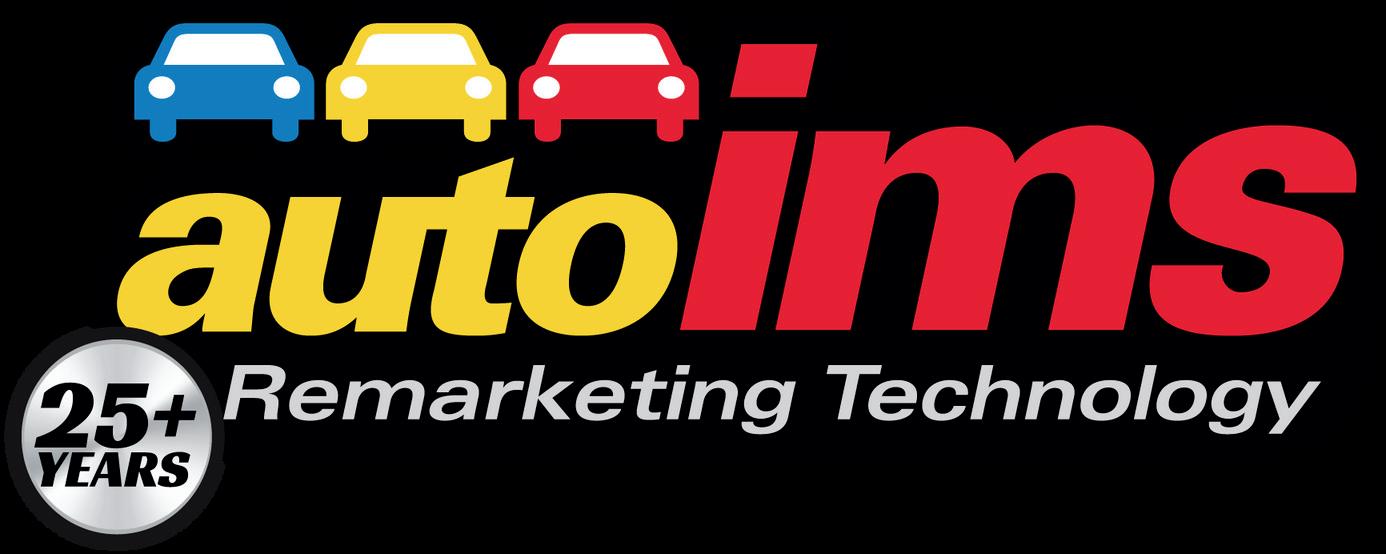

Let Auto Assign do the heavy lifting, automatically routing vehicles to the best-fit auctions based on your custom rules. Faster decisions. Better results.
5/12/2025
Kyle Egbert, general manager, Dealers Auto Auction of Idaho, Nampa, Idaho
“Volumes have been very good, phenomenal. April was arguably the best month we’ve ever had.
“We’re running on average I think, like 550 a week, About 50 to 70 of those are GSA depending on the week.
“We average about $10,000 to $11,000 average sale price.
“I think we’re averaging around 150 to 250 dealers per week. Then we’ll also get 200 to 300 online. It increases every year.
“Right now, for the month of April (conversion rates) were at 71%. I think it’s because our growth has been in the area of fleet/lease/repossession numbers.
“A lot of times that’s what some buyers like to see. They know what to expect. They
sell and buyers are drawn to it. So, it increases our buying percentages for sure.
“When I started here, our volumes were about 90/10 dealer to fleet/lease/repo.
Then it went to 80/20. Now we’re probably 60/40 or maybe 65/35.
“The way we did it is we started locally, in our backyard with local banks, credit unions, finance companies.
We counted the ones and twos and got a lot of the credit unions that started into auto financing. I think that built a healthy foundation to help us go after the bigger accounts.
“With credit unions new into auto financing, they aren’t always sure about the process of repossession and what the laws require.
“We run a GSA sale every week. We (consign for) Guam, Hawaii, Alaska and Idaho. These are mostly
UCN_Charleston half_May12.pdf 1 5/2/25 5:47 PM
cars, SUVs and trucks. It gets us some exposure from people who would not normally (attend) our weekly sale.
“We also do an RV/powersports sale during our first and third sale every month.
“We’ll run between 20 and 40 (items) in that sale. Right now, the prices are coming up as people look toward family vacations.”
Chad Bailey, president, Akron Auto Auction, Akron, Ohio.
“We have six lanes. We’ll have been here 52 years this summer.
“Business is strong right now.
“It sounds like at the end of the month (April), because of the tariff threat, they got scared and felt, ‘If this car is $20,000 now, it’s going to be 25% more, I better buy it now.’ Dealers showed record
numbers at the end of the month.
“But the fear is, did everybody buy the cars early? Would they normally sell 100 cars a month and they sold 20?
“Nobody (as of May 2) has done anything in terms of (jacking up prices). But the real test is going to be where are things in the next 60 days.
“I think everybody is just trying to figure out what’s going to happen. I’m not hearing any doom and gloom.
“We’re averaging about 900 to 1,000 in the lanes. Conversions have gone up to the low 70s (percentages).
“We use EDGE for our online sales and about 25% are bought online.
“My volume is probably 15% to 20% repo, 5% fleet and the rest of dealer consignment. Repos have gone

Compiled by Jeffrey Bellant
up because nobody’s getting free money anymore,
“The average price coming through the lanes is between $7,000 and $10,000.
“So our Tuesday sale includes our dealer sale and our public sale. Ohio is one of those goofy states were if you’re going to collect on a deficiency, you have to offer the vehicle to the public.
“It makes up 20% of our total volume.
“There is a little bit of some low-end repos for the buy-here, pay-here and then there is some of the nicer stuff. There’s a little of both (cheaper and more expensive public sale cars).
“I always make a joke, if there’s a comma in the price, that’s typically a dealer buying the car. Anything under a comma is the public.
“Overall, knock on wood, I always feel auctions are recession-proof.”


Bugs! Unfortunately, I’m one of those people that bugs find delectable. I’m at a loss as to what they could possibly find attractive about my aging frame.
According to some allergy specialists, it has something to do with blood type. I’m type ‘O’; apparently one of the most popular blood groups and adored by most blood-sucking, diving diptera. I’m munchies for mosquitos, nosh for no-seeums, meat for midges. I’m a banquet for bugs.
I’ve written about our enjoyment of moving to a lake community – imagine a golf course where the fairways are lakes with all kinds of natural nooks and crannies that harbor every type of southern wildlife, including alligator, snakes, bald eagles and ospreys. There is, of course, a downside. At this time of year bugs need
sustenance to breed. They see me and salivate over the prospect of sticking a sharp, stinging proboscis into a sustaining snack. They bypass all kinds of other people to make a beeline (sorry) for my bare parts – a cholesterol-loaded luncheon.
I can take every precaution known to science – to little avail.
I slap sufficient slippery, oily substances all over my body that could be taken for a natural disaster. Smelling like a floozie’s underwear, I assume that I’m rendered unappealing to any potential invader. Wrong! They gather into their squadrons and attack at will, throwing cautions to the wind and find any uncovered area for their delectation and delight.
Allow me to point out that a bug bite, to me, provides a discomfort in inverse pro -

By Myles Mellor
portion to the size of the offending nip.
Years ago, I was bitten by a sub-tropical scorpion in Florida (yes, they exist). My ankle became the size of my thigh and antihistamines put me out of it for three days. Since then, any bite is cause for self-inflicted flensing, drawing blood that’s already been thinned out by other life-sustaining meds! An annoying itch for a few hours turns into a week-long scratch session akin to a flea-bitten dog. A pimple-sized bite turns into a festering Mt. Vesuvius.
Lotions and potions, worthy of a Shakespearean witch’s coven, slathered everywhere to ameliorate the torment, are about as useful as a chocolate fire screen!
Outdoor exploits are now deferred to times of less insect interference; bocce ball is now a fall following, as

is sitting at an outdoor bar. The social scene, however, continues unabated, behind closed doors or fly screened patios; cocktails continue, dinners delight and card games congregate at various neighbors’ houses. Bugs are only introduced by conversations and comparisons of residents’ exposure to this year’s unusual pestilence.
Last year didn’t seem bad compared to this plaguelike visitation. What’s next? Locusts? Frogs?
I suppose this, too shall pass and we’ll settle down to grumbling about the heat and humidity – the norm, here in the deep South. The only thing I can remember as being worse was in Minnesota; we rented an apartment in Edina, close to one of our auctions. There we were introduced to black mosquitos, large enough to carry you off and often re-
ferred to as the State bird! When they were gone the only thing that later loomed large was winter. I’ve never been so cold as having to put gas in my car during a howling gale that felt as though my legs were being sawn off! Somehow no-see-ums may not be so bad…







